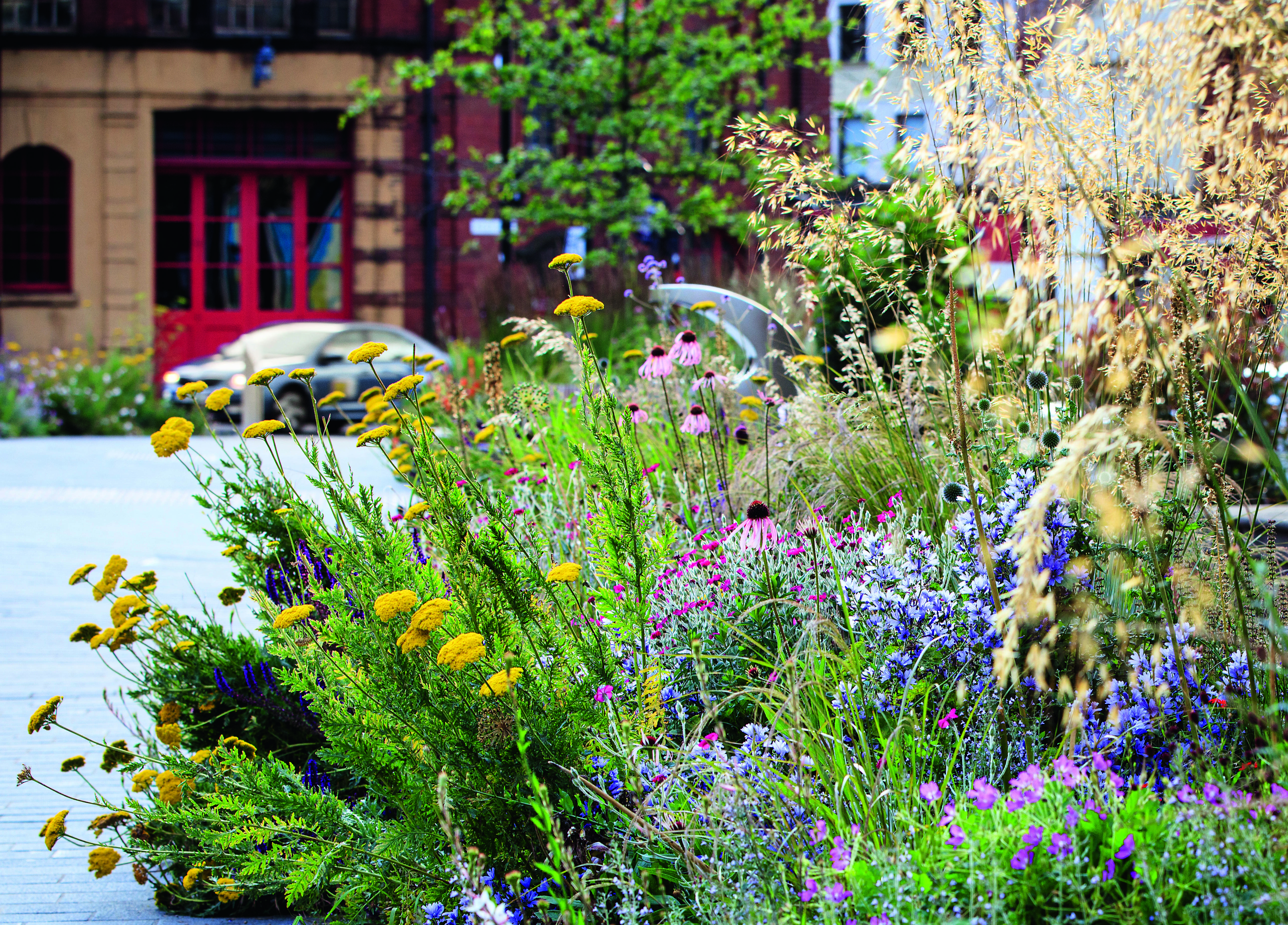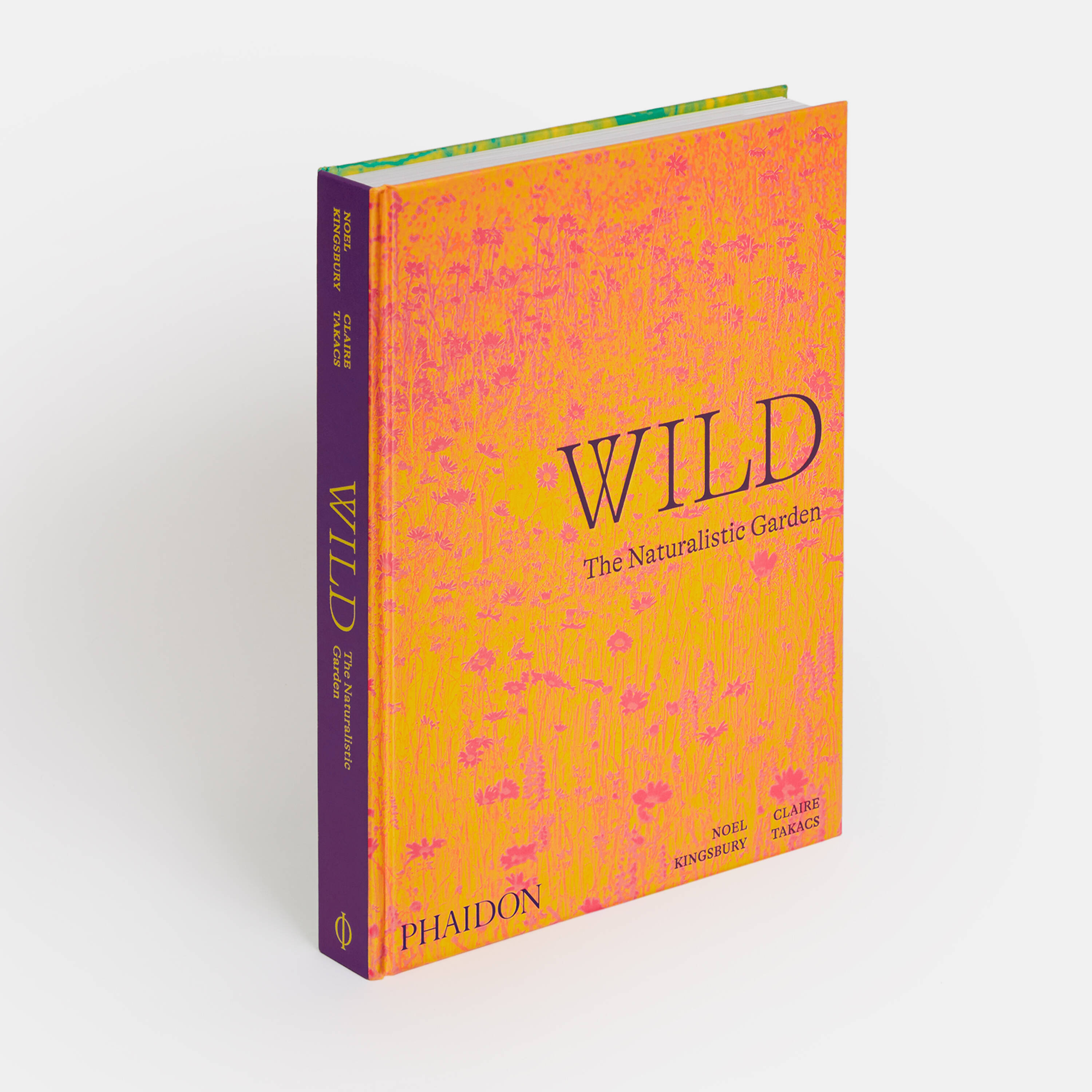
Go wild but urban in the garden with Zac Tudor
Our new book, Wild: The Naturalistic Garden takes a look at how one of Britain's big cities is going green
Grey to Green is a 1.3-kilometre (0.8 mile) public garden set along a stretch of former highway that has been converted for pedestrian use. It integrates parts of Sheffield’s city centre, in Yorkshire, northern England, that were formerly isolated from one another by heavy traffic.
Yet this patch of the city is much more than a convenient walkway. “If people do not come into the city centre for shopping any more, it has to find a new role. There has to be a reason to live, work or visit the centre," its creator Zac Tudor, Sheffield council’s Principal Landscape, is quoted as saying in our new book, Wild: The Naturalistic Garden. "Bringing the garden into the city is also a way of reconnecting people with nature, and the health and well-being aspects are, of course, very important.”
Despite its industrial aspects, Sheffield has (alongside its reputation for steel production) an enviable pedigree for solving the sorts of problems Tudor outlines via the natural world. As author Noel Kingsbury explains in Wild, “The University of Sheffield has, since the mid-1990s, earned itself a reputation as the leading British centre for research into contemporary naturalistic planting design.” Sheffield faculty designed planting areas for the 2012 Olympic Park in London. Now Sheffield’s own city centre is catching up, with a wild stretch of parkland that, as the name suggests, seeks to bring a natural balance to the urban environment.
The beds are filled with a mixture made from the city’s quarry waste and green rubbish; species which can withstand both flooring and drought, such as Turkish sage, are favoured here; and Grey to Green has laid out in such a way as to help drain and filter excess rainfall.
Grey to Green also serves as an insect habitat and lessens ‘the urban heat island effect’ warming up so many of our cities, while adding wild shocks of naturalistic shrubs and perennials that answer the inner call of the wild.

Wild - The Naturalistic Garden
However, Kingsbury believes the truly seminal aspect of Sheffield’s embrace of wild planting lies in the way in which the city’s innovative landscaping may take seed elsewhere. As he points out, Sheffield University is also home to the BUGS project, which “aimed at quantifying the wildlife benefit of domestic gardens and looked at differences in how much invertebrate life was supported by native and non-native plant species. Their conclusions – primarily that diversity is far more important than whether or not a plant is native or not – have been a major support for the Landscape Department’s promotion of diverse urban planting.”
“Sheffield’s wild-style urban planting is well placed to continue, and to inspire other cities. The city council, staffed by many university landscape graduates, also collaborates with The Green Estate, an innovative community-interest company that is involved in managing green space as well as developing seed mixes based on the Landscape Department’s research. This triangle of interested parties is all the stronger for their focus on developing management techniques alongside new planting strategies. It all makes for an increasingly nature-friendly and colourful city.”
To see more of this garden and many equally interesting others, order a copy of Wild here.